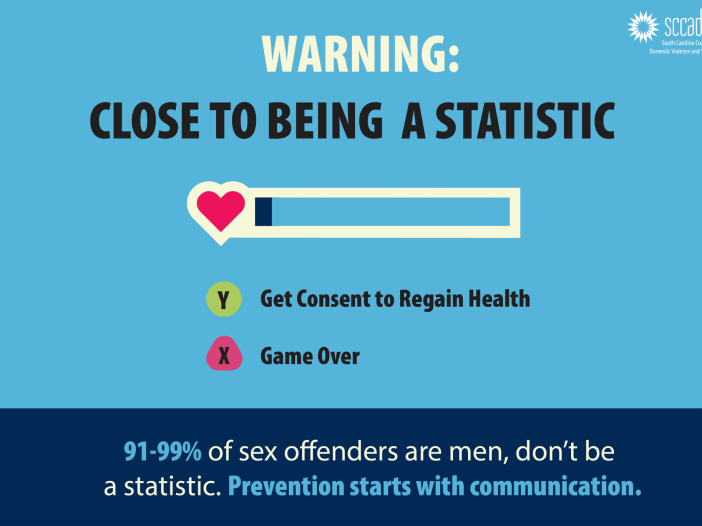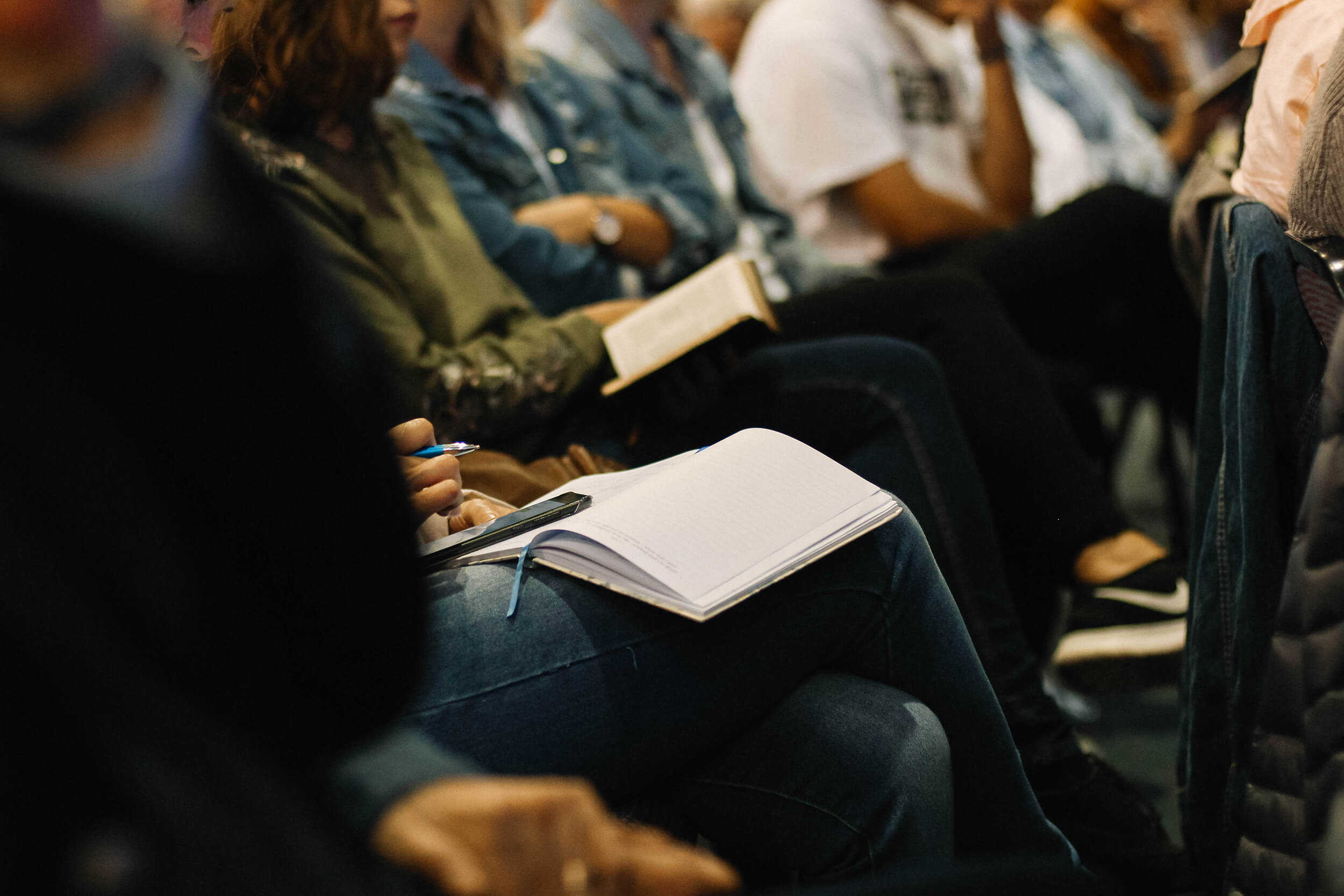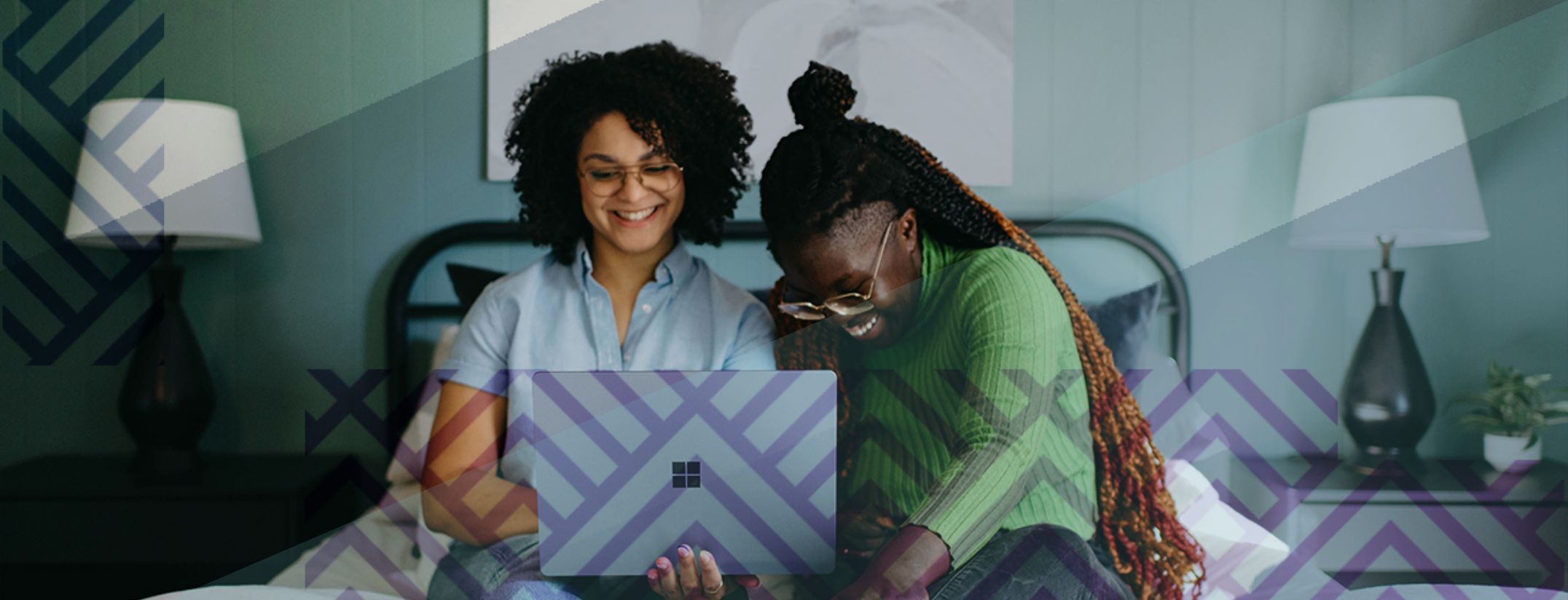
Originally published in the Free Times on 4/27/2022
The South Carolina Coalition Against Domestic Violence and Sexual Assault, or SCCADVASA, is celebrating its 40th anniversary of working in collaboration with its member organizations toward a South Carolina free from domestic and sexual violence.
SCCADVASA is an independent 501(c)(3) non-profit organization focused on ending domestic violence and sexual assault in South Carolina. They work with 22 domestic and sexual violence member agencies that provide direct service in their communities across the state with their affiliates, partners, and allies.
As active members in several national domestic and sexual violence networks, SCCADVASA fosters partnerships in all 50 states and U.S. territories. The collaborative efforts of these organizations are based on SCCADVASA’s vision to achieve a violence-free South Carolina, something that can only happen through united action. They believe in the value of collaboration to create change and passionate advocacy for survivors of violence.
“Working for SCCADVASA is a wonderful learning experience,” says Hannah Stewart, Coordinator of Primary Prevention & Specialized Advocacy for SCCADVASA.
“I have the opportunity to look at intersections of identity and how they interact with prevention. We focus on how to bring people to the table and ensure people have a voice, especially those systemically silenced. We incorporate that into our programming and partnerships and start changing those social norms with awareness and education.”
April is Sexual Assault Awareness Month (SAAM), and SCCADVASA believes one of the most important parts of raising awareness is understanding the scope of the issues at hand and providing education on how to build healthy relationships among middle school and high school students.
According to RAINN, the nation’s largest anti-sexual violence organization, an American is sexually assaulted every 68 seconds. 1 out of 6 American women and 1 out of 33 men have been a victim of attempted or completed rape.
According to a youth risk behavior survey conducted by the CDC, 8.2% of the youth surveyed have reported physical dating violence, another 8.2% reported sexual dating violence, 10.8% reported sexual violence by anyone, and 50% reported violence by a dating partner. Those numbers shoot up to 13.1% for LBGTQ+ youth.
Hannah says, “We base our work off these alarming numbers. We focus on teaching and supporting constructive coping and communication skills, creating safe and effective bystander intervention, and how to build healthy relationships. We find that effective prevention programming focuses on intimate and otherwise healthy relationships and addressing what behaviors are unhealthy early on.”
The first step to preventing violence is opening up the conversation and holding your peers accountable, especially amongst the younger generations. These may not be comfortable conversations for parents to have with their children, but this open dialogue must start at a young age to teach children about respect, boundaries, and consent.
“If someone does not want to hug you, that’s okay. You do not force them. This is the type of early childhood education that is so important to implement at a young age,” Hannah says.
“Continue that education into middle and high school and break into the dialogue about healthy relationships and boundaries. Healthy relationships begin with communication.”
A helpful resource website to consider is levelupforchange.org, which focuses on educating ourselves so that we can better educate others. Level Up for Change is a resource hub of prevention tools for educators, parents, and teens to help end sexual violence among teens.
In addition to educating younger generations, SCCADVASA provides education and training for victim service providers, directing people who need assistance to their domestic and sexual violence member organizations. These organizations offer counseling, legal services, hospital accompaniment, shelter, hotlines, and much more. More information on these organizations and services can be found on SCCADVASA’s website.
If you’d like to help raise awareness of domestic violence and sexual assault during SAAM or in general, visit the Get Involved page on SCCADVASA’s website. You can post on social media, hold conversations, educate yourself, and speak with local organizations. To make a change, start within your own community and find ways to educate others on how they can help to prevent domestic and sexual violence.


